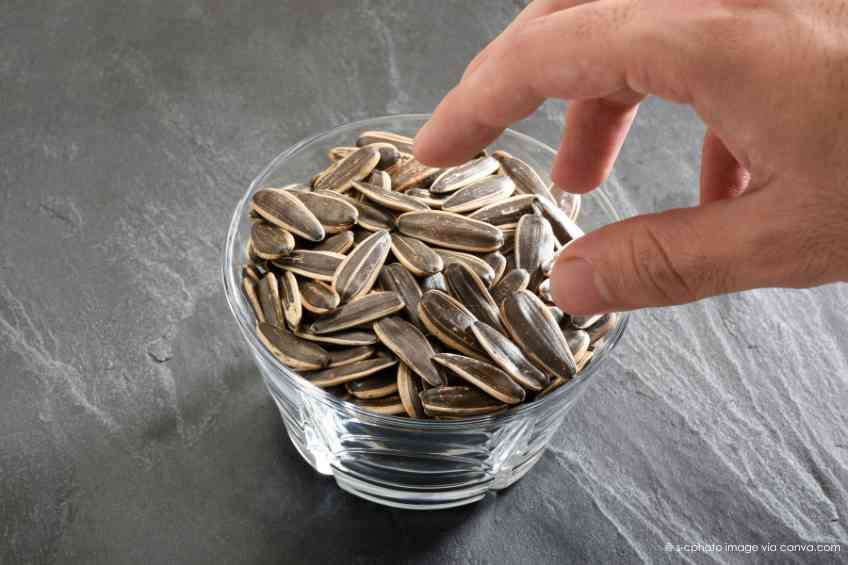The Skinny:
It is hard to imagine now, but a little over a century ago, tuna wasn’t a popular fish to eat or catch. In less than 100 years, however, it became the most popular seafood in the United States thanks to emerging technologies and new canning techniques that not only help remove the fish’s excessive and pungent oil but are also easily accessible to tuna lovers everywhere. By the turn of the 21 Century, it was so popular, 85 percent of Americans had it in their homes, according to Andrew Smith, an authority. Admittedly, tuna popularity has taken a bit of a hit in recent decades because of concerns over mercury poisoning and overfishing, but it nonetheless remains a household staple for many. Yet short of going to a fresh seafood market, what is the best type of tuna to buy in a can? It depends on taste and some other issues. WellWell is here, of course, to sort out some of the differences. Read on.
The Slate:
Tuna Types
Not all tuna is the same. Five species are swimming about, but only albacore, skipjack and yellowfin will find their way into cans. Sushi or steaks use bigeye and bluefin tuna. Canned tuna labeled as either white is albacore, and light is a combination of skipjack and some yellowfin. From here, cost and preference come into play. Light tuna is a darker tuna with a softer texture than white. Some would argue it also has a richer taste. Light tuna is healthier because it is lower in calories.
Oil or Water?
No one argues that oil and water should mix, especially when it comes to canned tuna. And there are good reasons for this, including that it won’t work. Canned white tuna has vegetable oil because of its mild taste. Light tuna usually comes in water. Another factor, however, has increasingly come into play. Tuna packed in oil has slightly more than twice the calories as the fish when packed in water—317 compared to 150 for a 6.50-ounce can.
Mercury Concerns
There is a concern about mercury in tuna, which should be of note to children and pregnant and nursing women. Mercury is dangerous and can cause issues from cerebral palsy to deafness, blindness, cognitive problems, blood pressure and even fertility issues. Moderate consumption is acceptable for adults. Those with worries might want to gravitate to light tuna over white tuna since younger, smaller fish theoretically have had less time to absorb mercury into their bodies.
BPA Worries
Packaged tuna in cans have linings that contain Bisphenol-A (BPA), a chemical that has raised concerns over its link to developing precancerous lesions in animals. There are no restrictions to date on the packing, although, for those worried, light tuna comes in pouches free of BPA. Some brands are also switching to non-BPA-lined cans.
Fishing Right & Sustainably
Tuna fishing can be a wasteful process with giant nets or floating fish aggregate devices because all sorts of other marine species can get caught and killed in the harvest. Pole fishing is the preferred method because releasing smaller fish to reproduce and can help maintain population levels. This approach also avoids bycatches of sea turtles, sharks and dolphins. Look for a blue Certified Sustainable Seafood label from the Marine Stewardship Council to ensure the fishermen have sustainable methods. Another way to support sustainable tuna fishing is to opt for light tuna made from skipjacks. This tuna reaches maturity quicker than other varieties, making it more plentiful worldwide.
Eyes Up:
What’s your go-to for canned tuna? Let us know at info@wellwellusa.com.
WellWell editors independently identify services and products of interest. If readers purchase anything through the associated links, WellWell may earn a commission, which goes to support our work. Learn More.












